I think it would be fair to say most divers have the Great Barrier Reef on their scuba bucket or dream list. It’s easy to understand why considering it’s the largest barrier reef system in the world and is home to over 1500 species of fish. There are also 30 species of whales, dolphins, and porpoises that live in the area or visit it.
And it doesn’t stop there. The reef system also contains 400 species of coral, 30 varieties of seagrass (half of all the species found in the world), and 500 species of seaweed and marine algae. For you shark lovers out there, you can find 165 different species of the apex predator in Australian waters.
Australia is a great country with a lot to see, do, and experience, but experiencing a country from beneath the surface is an essential part of exploring the world.
Naturally, diving is a great family experience. The minimum age for doing open water scuba is 10, though, so it’s more appropriate for families with older kids. There are plenty of companies providing diving experiences in the region, with Hayman providing a 5-star experience.
Fish
If you’ve done any diving, you know that reefs offer some of the best diving. They are rich, interdependent ecosystems. Here are just some of the fish you can expect to find on the Great Barrier Reef.
Clownfish are quite popular. They can be really entertaining to watch as they move back and forth among the tentacles of the anemone that serves as their home. A special layer of mucus keeps them safe from the paralyzing sting of their host. If you are very still and don’t blow out large bursts of bubbles, they will often swim toward you briefly before darting back to their protective spot.
It is not uncommon to see large groupers along the reef. They are typically slow-moving fish that can be quite curious of divers. If you move leisurely, they will usually let you get fairly close. In Honduras, we went shark diving, and a grouper even let my son hug it! (I don’t support touching marine life, but the divemaster had him hugging it before I realized what he was doing.)
Triggerfish are beautiful creatures. During nesting season, you have to pay attention to their movements, though. They have been known to get aggressive with divers, and their bite can be quite painful. If they seem to be darting around a lot, keep your distance.
Corals
These are amazing forms of Nature’s art work. Corals are classified as hard and soft, and they are all critical to the marine ecosystem, with soft coral probably being even more important. I really enjoy photographing them. All the colors, shapes, and textures make for great photos, especially for macro shots. Just remember to keep your distance, watch your fins so you don’t kick any, and definitely don’t touch any of them. Not only can some be painful to humans when touched, but our fingers can disrupt their protective layer which could lead to diseased coral.
One of the best parts of travel is creating memories that last a lifetime. Diving the Great Barrier Reef and all the various other activities you can experience here are bound to give your entire family something to talk about for decades.
Have you dove the GBR yet? Is it on your list?

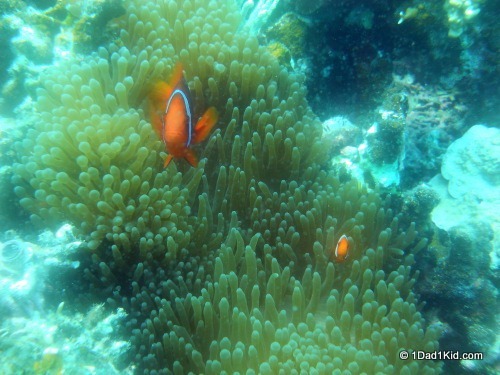
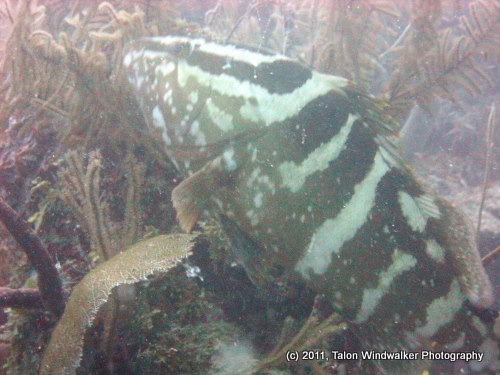
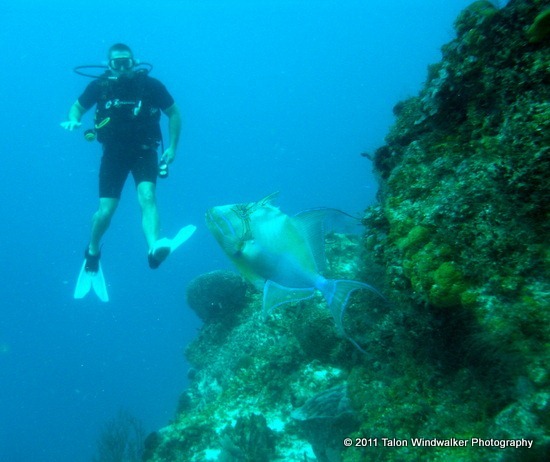
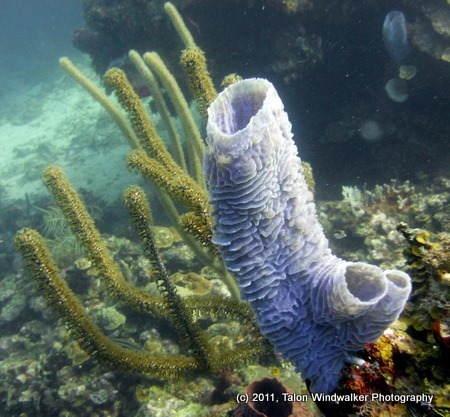
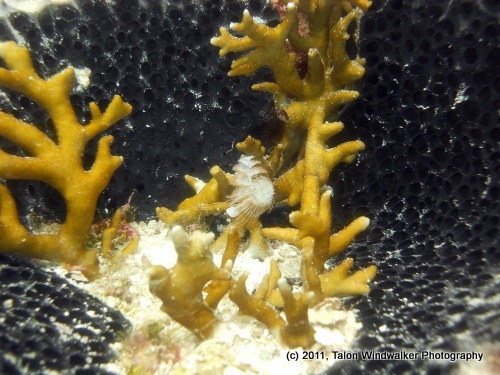
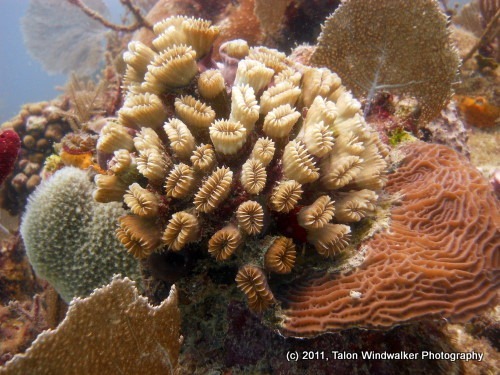
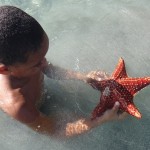
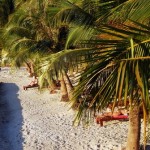


October 9, 2013
I am not really a get into the water kind of people but i do love to see how people doing in the water especially when they have some really great encounter in the underwater.
I think GBR has some of the best corals life in Asia region, have to get my diving license soon!
Simon Lee
October 11, 2013
Diving is really great for travelers. It’s wonderful to see an area both above and below the surface.
October 1, 2013
great pcis!
October 3, 2013
Thanks!
October 1, 2013
I’ve heard some people say that the GBR is overrated and the diving there doesn’t compare to certain parts of Asia, but I still really want to experience it for myself one day! Now, if only it (and everything else in Australia) weren’t so expensive! 😀
October 1, 2013
I have to agree. Indonesia and Malaysian Borneo has far more impressive diving, but it’s still the largest barrier reef system in the world. So. . . 😀
October 1, 2013
SO beautiful! Wickedly jealous 😛
October 1, 2013
Great place to visit.